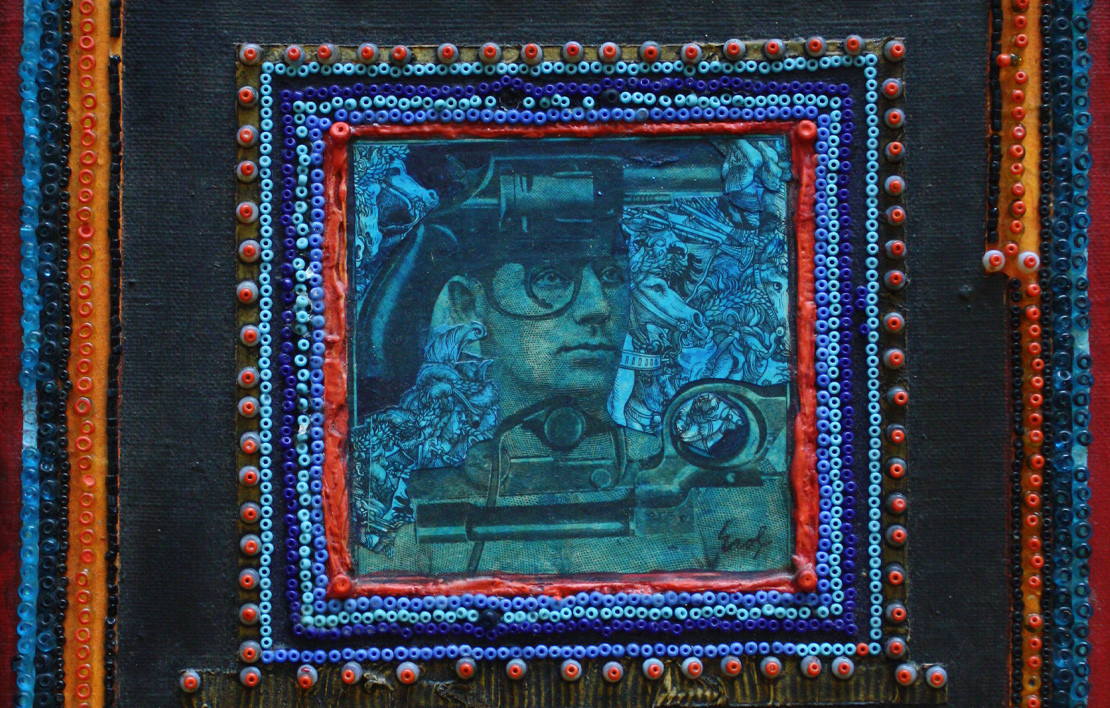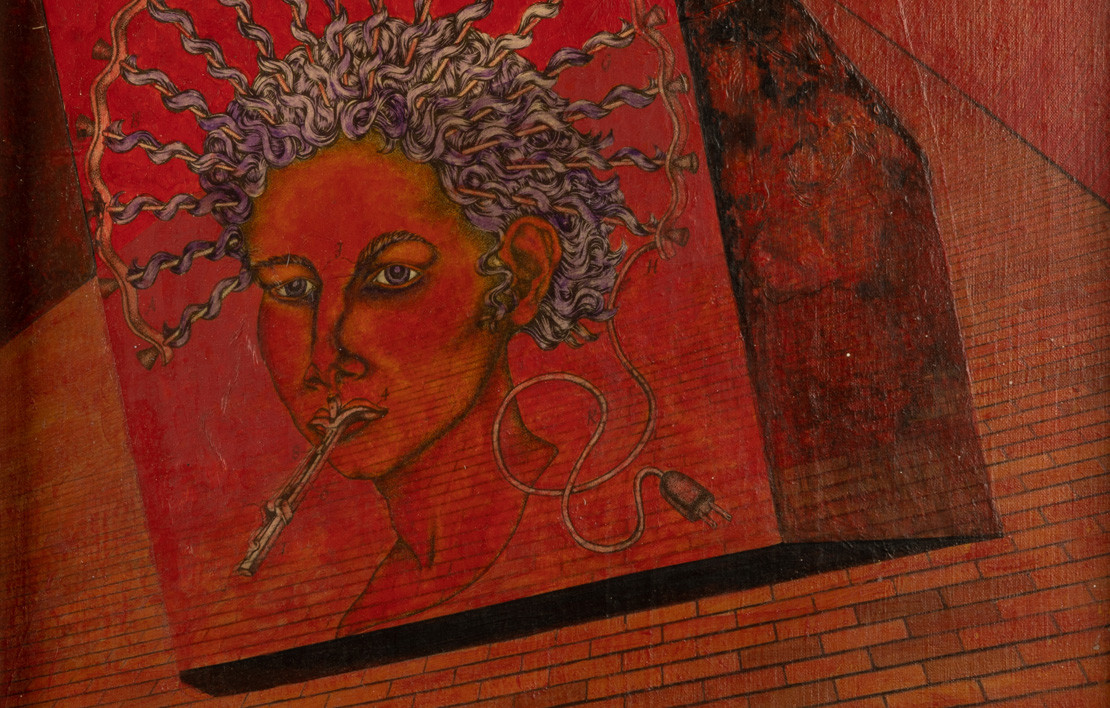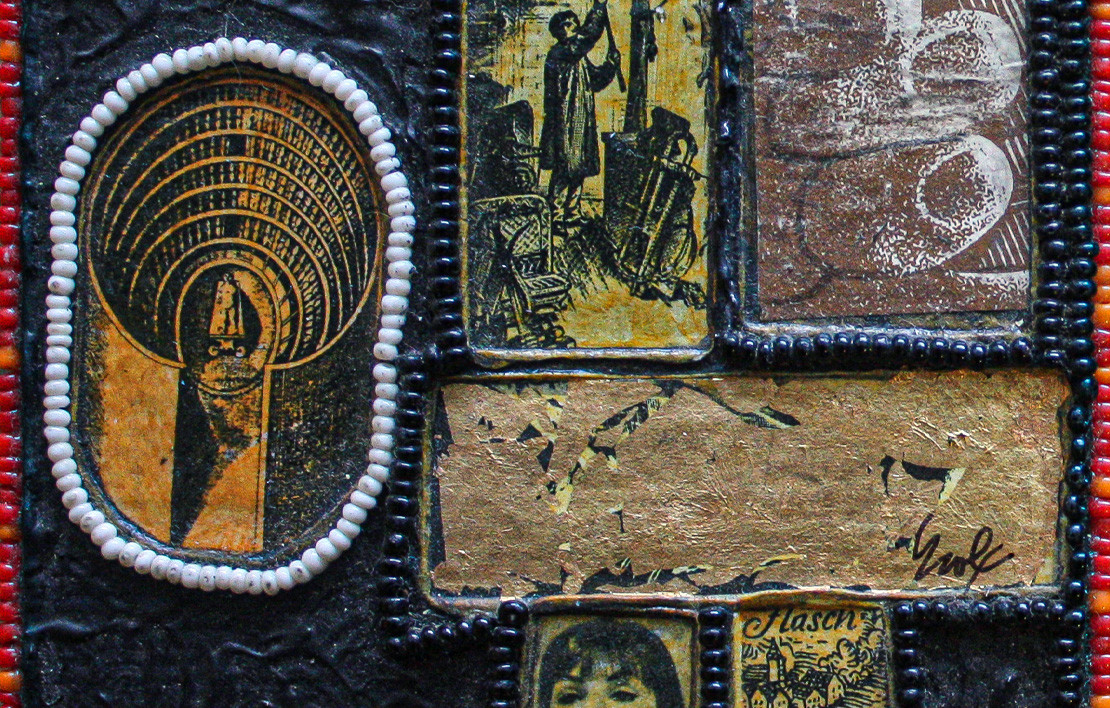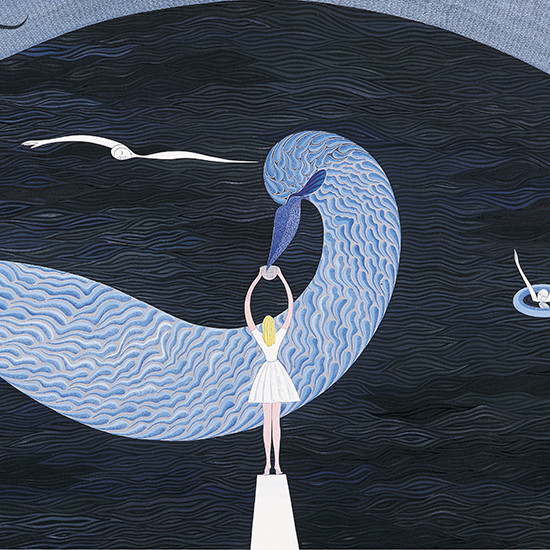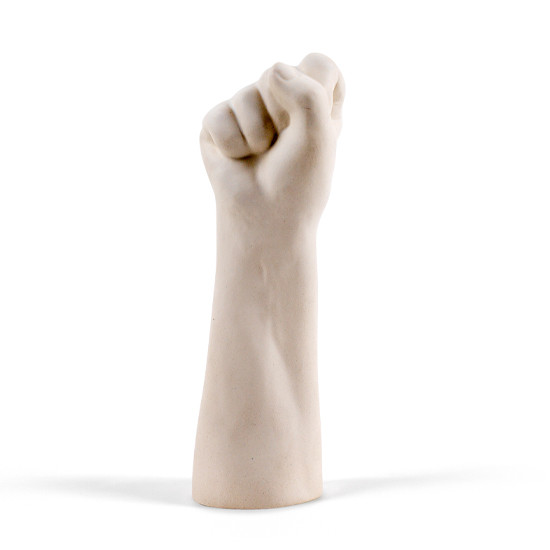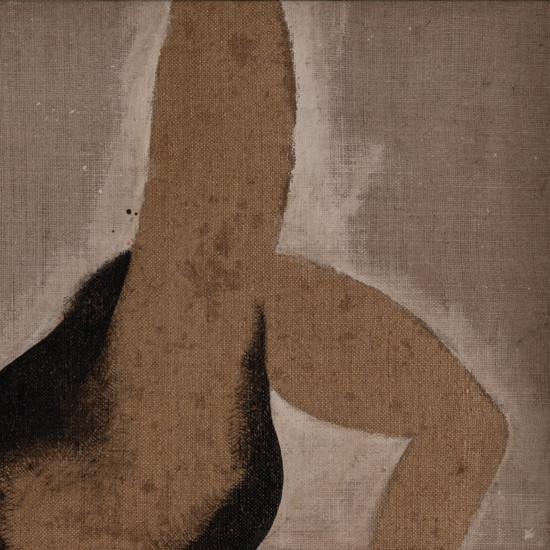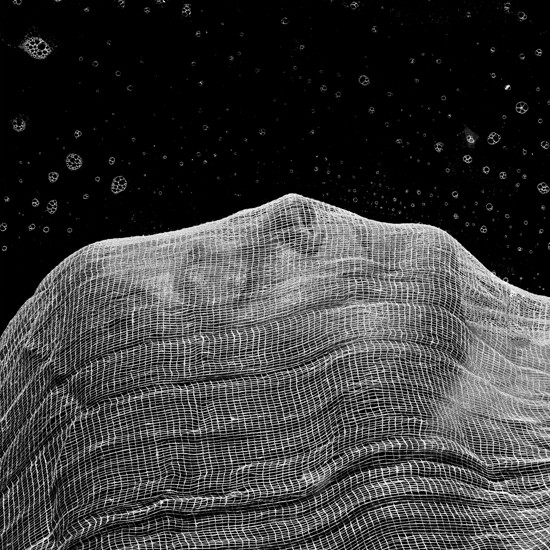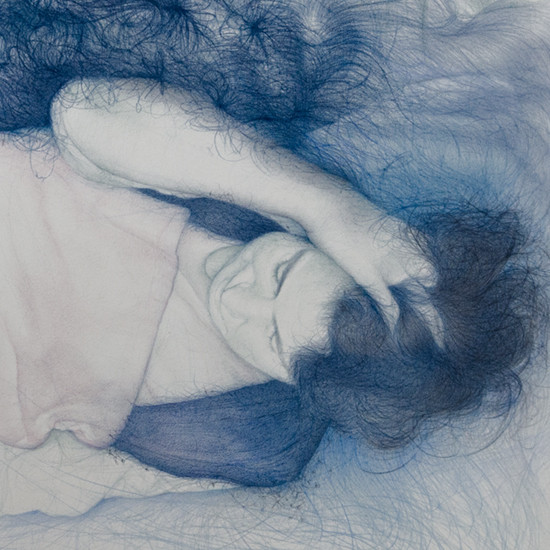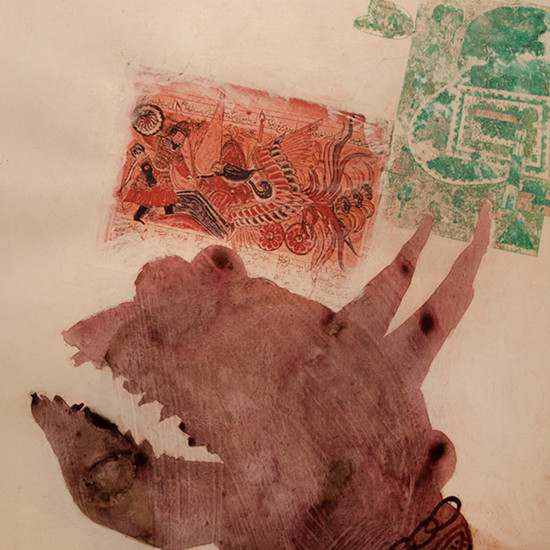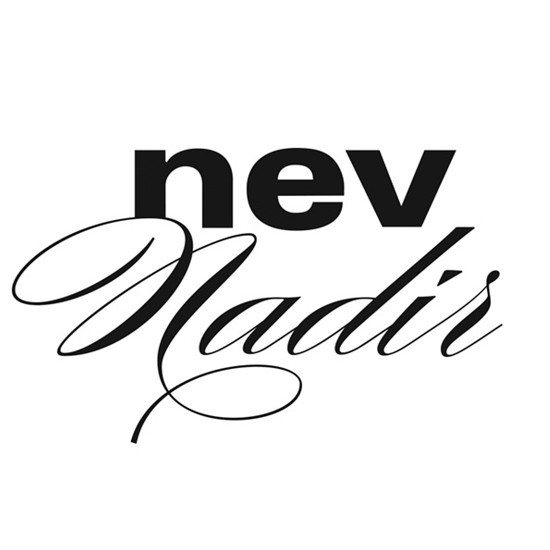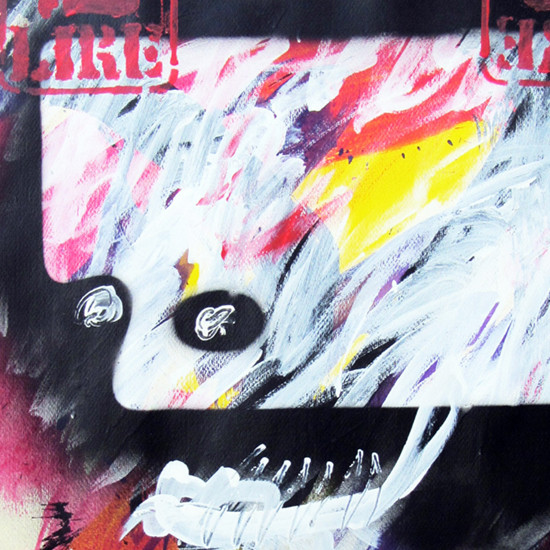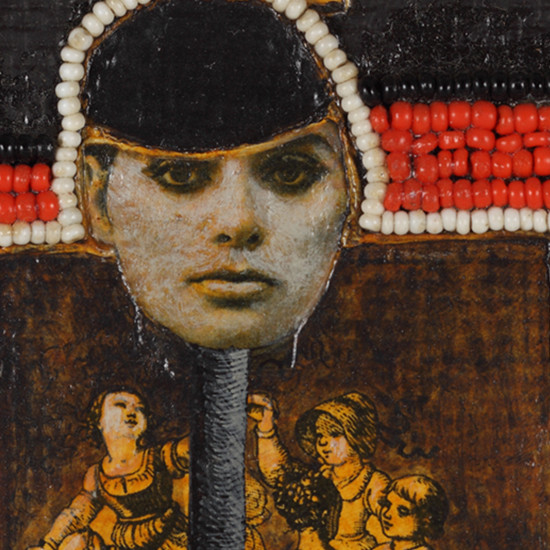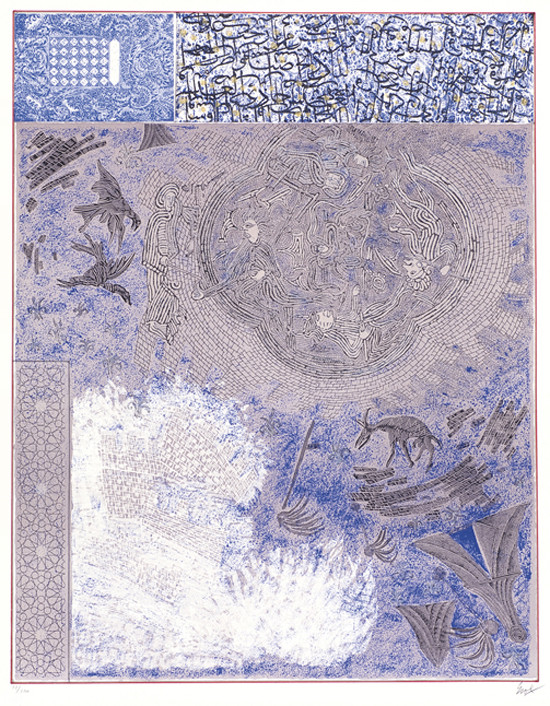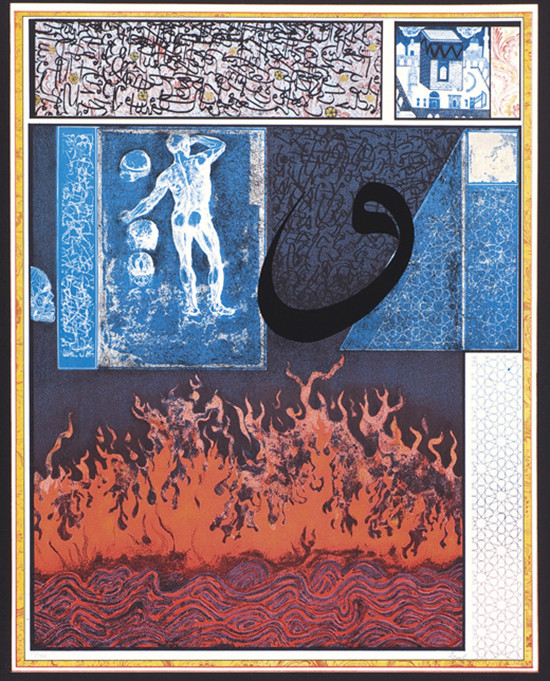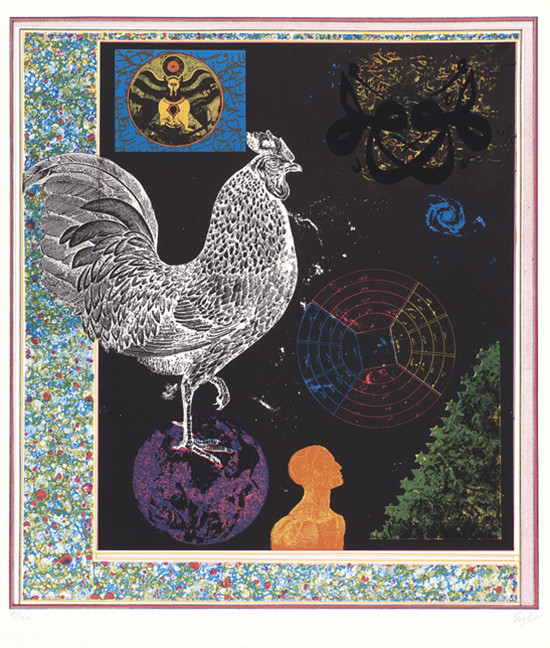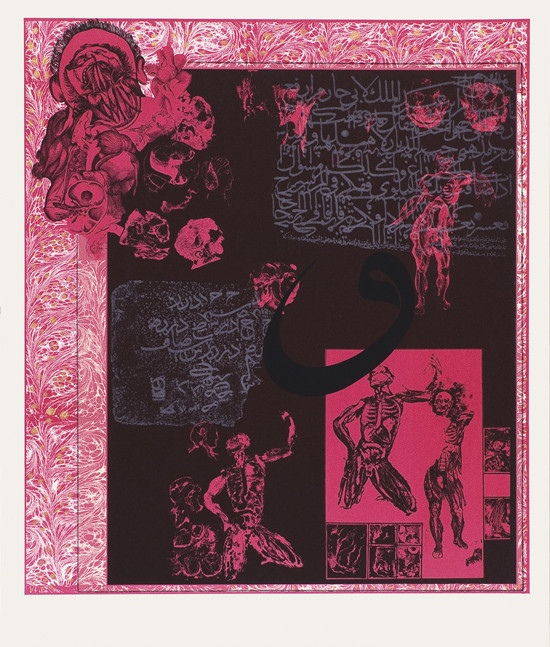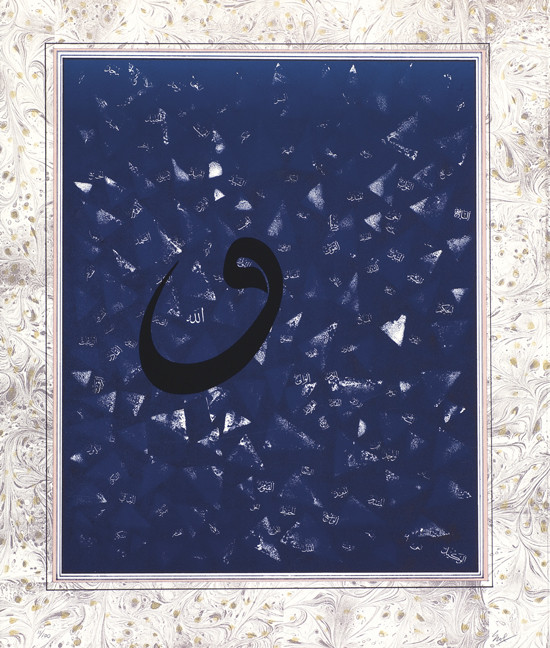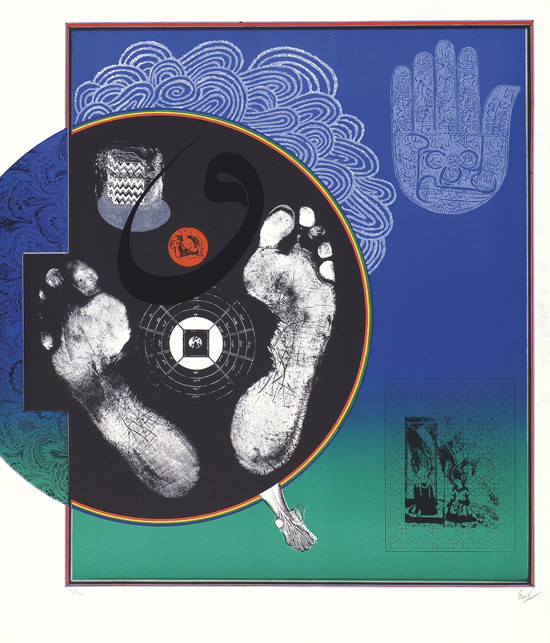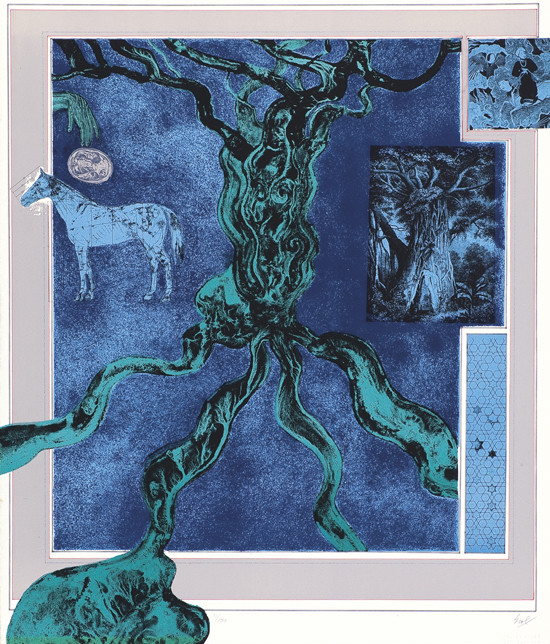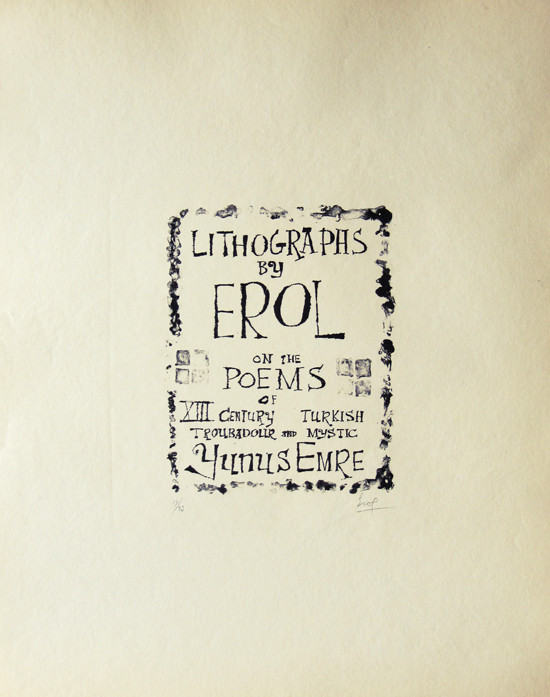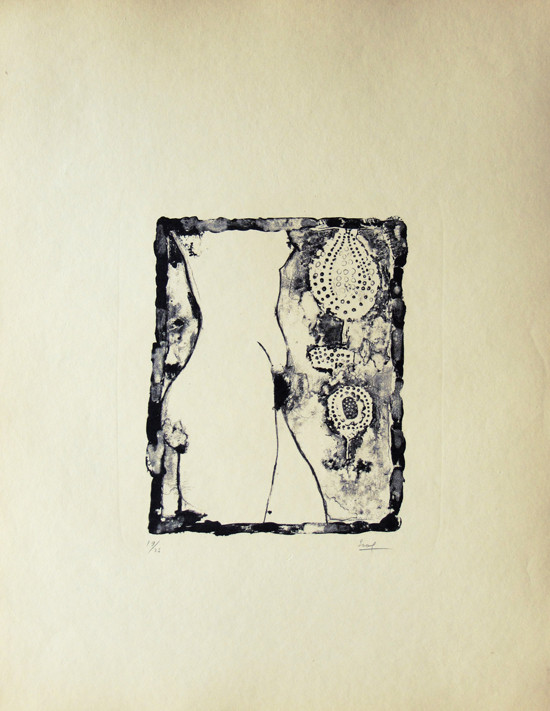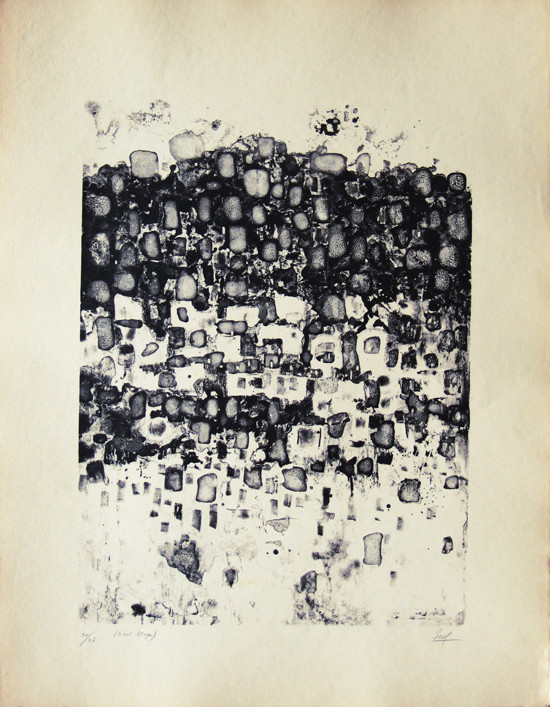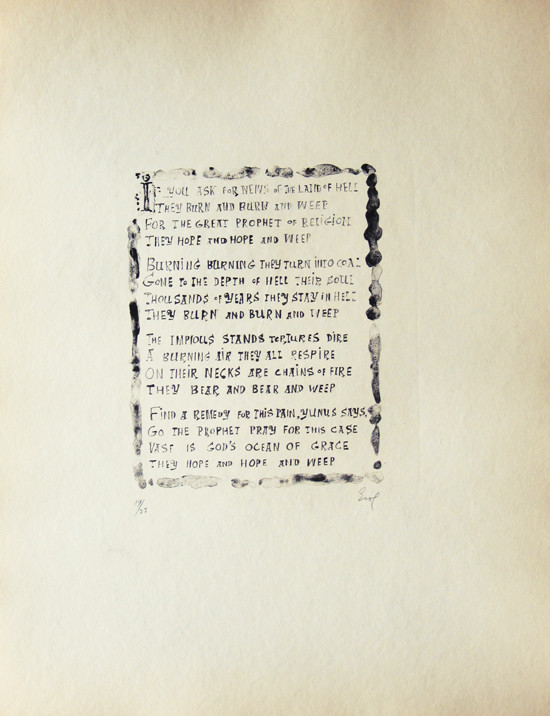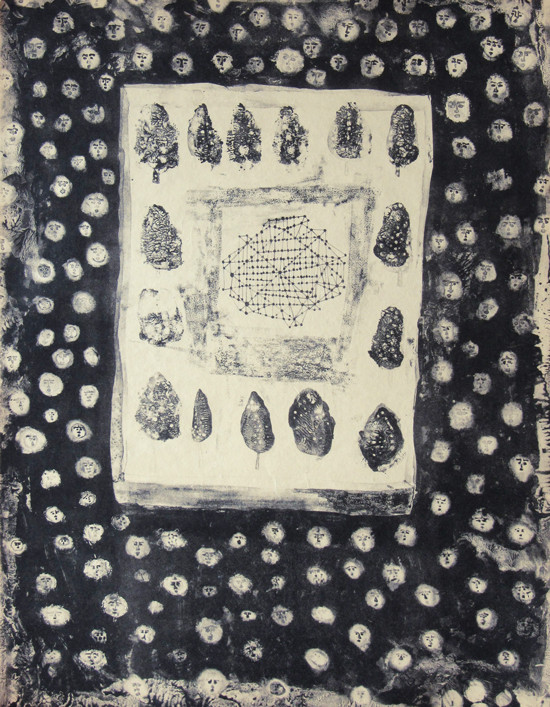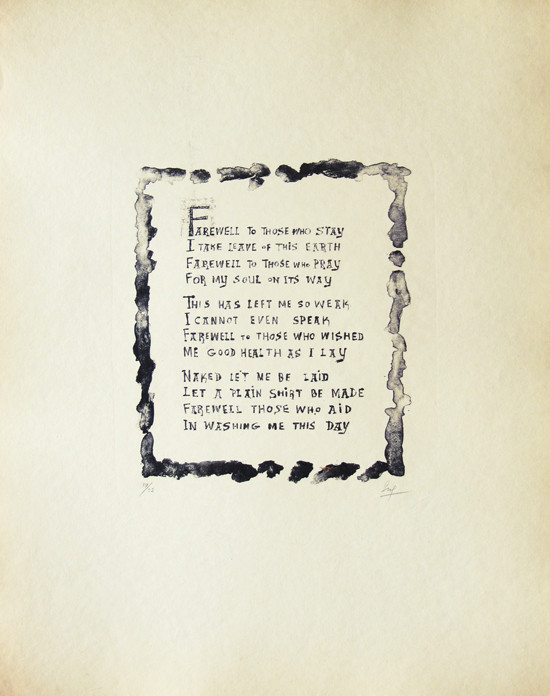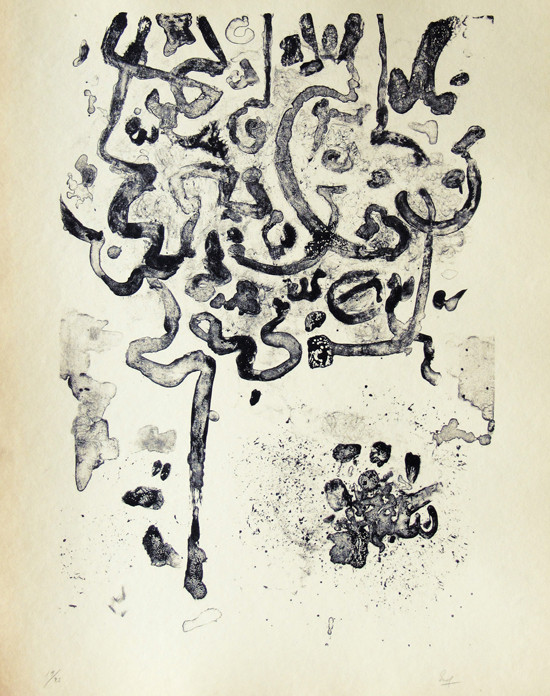Galeri Nev will make an exhibition of Erol Akyavaş, which a couple of months ago was prepared to offer a selection of his works for Frieze, New York in corporation with Galersit. In the new world order where international fairs are set up in digital rooms, Nev aims not only to be seen but also to be “heard” the three-dimensional and multi-layered works of Akyavaş, selected from the family archive. The works of Erol Akyavaş, which combine the characteristics of being a painter, architect, collage master and an extraordinary photographer, are settled at Galeri Nev to be "experienced" by appointment.
The works made between 1967-1975 open the way for visitors to discover the roots of Akyavaş's creation process and succession of his thoughts. The exhibition takes its name from a letter dated 1986 that the artist sent to Ali Artun, one of the founders of Galeri Nev, years after this series was completed. Akyavaş mentions the "encyclopaedia of non-existence knowledge" in his letter. This mysterious note, which has not been continued, evokes the unknown cities surrounded by thick walls in Akyavaş's works, the nameless soldiers who conquered them and the uncrowned queens, the heroes riding miniature horses that protect these queens. Being confronted with these works invites the audience to listen to the countries of the artist's own world and the legends of those countries told in artists language; the rare stones and beads he extracted from his treasures enrich what we hear.
Erol Akyavaş's "boxes" filled with dreams and ghosts – each of which designed and produced, including the frames, personally by him – and which have many references starting from the sacred icons in the history of art to Duchamp and Cornell, can be viewed between 4 November and 5 December at Galeri Nev. Remaining loyal to the fact that one of the most prominent references of the works in history is "curiosity cabinets", Galeri Nev will arrange the appointments so that the audience can be alone with the works – “boxes”.
